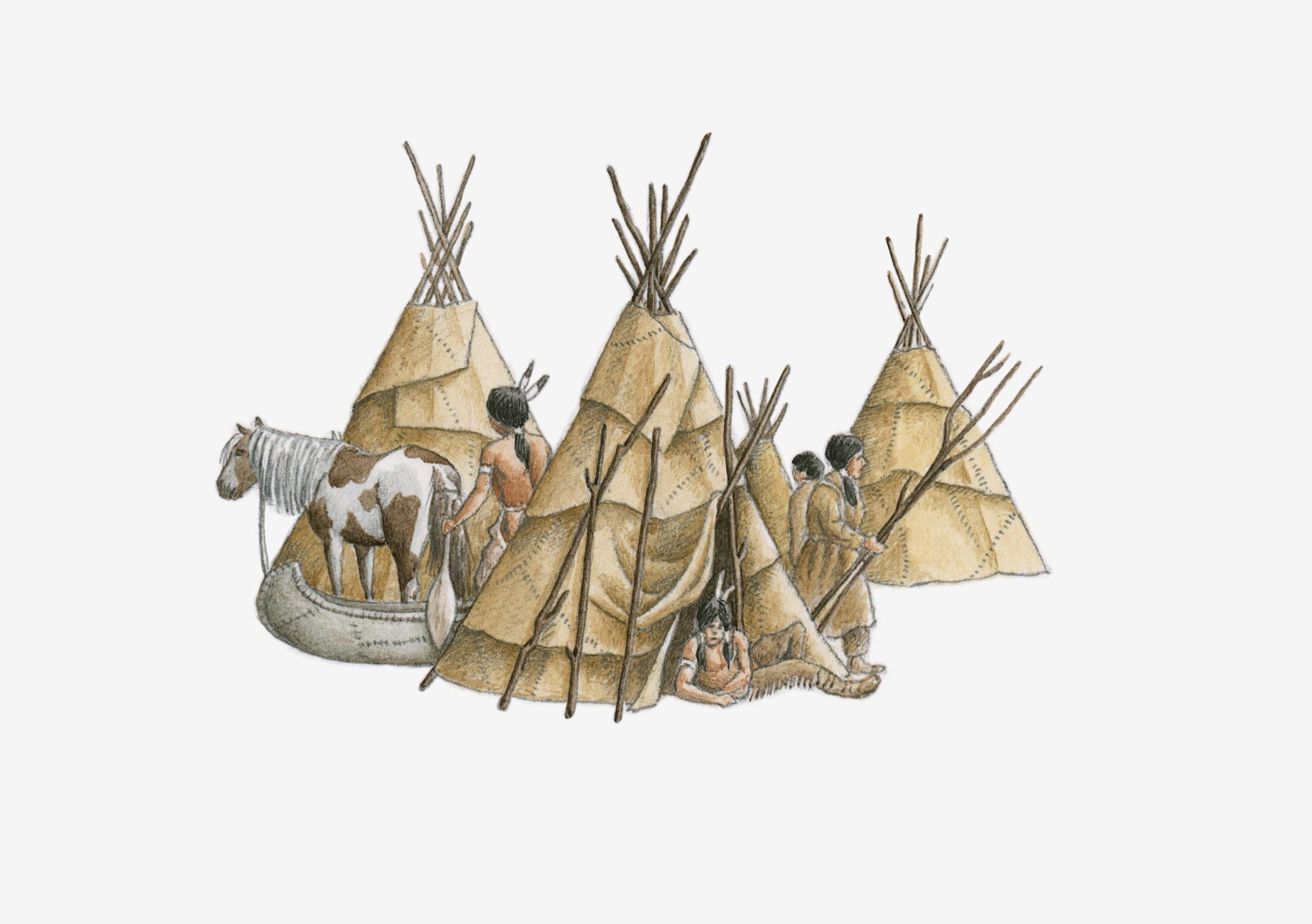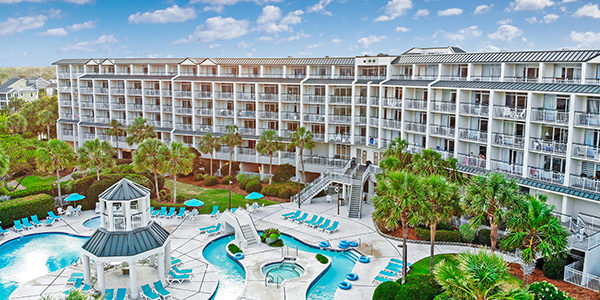
The History of Native Americans Near Pawleys Island
When many people talk about the history of South Carolina, thoughts about the plantation slavery days immediately pop up. However, before plantation owners were purchasing and trading African slaves for labor purposes, the Lowcountry was occupied by various tribes of Native Americans.
Out of three linguistic stocks of Native Americans, the Eastern Siouan was the group that was indigenous to Virginia and the Carolinas. The Eastern Siouan people had 17 tribes in the Carolinas; a handful of which inhabited the Georgetown County area. These tribes included the Pee Dees, Seewees, Sampits, Santees, Winyahs, and Waccamaws.
Since the Eastern Siouan were pushed to the Lowcounty by the aggressive Iroquouan and Muskhogean natives, they were forced to live off of the coastal land. Therefore, the natives learned to deal with the hot and humid climate, and the salt and sand from the ocean. These natives used the Winyah Bay, the Waccamaw Neck, barrier islands, and salt marshes as sources of food. Natives would hunt deer, turkey, and bear, as well as catch and harvest fish, crabs, shrimp, clams, and oysters. For shelter, the natives took advantage of the abundant amount of palmetto and pine trees to create “longhouses.”
Perhaps the most well-known natives from the Pawleys Island area were the Waccamaws and the Winyahs. The Waccamaws got their name from the river, which we now know was the Waccamaw River. The natives called this body of water “coming and going,” which influenced the name of their tribe. The Winyahs settled around the Winyah Bay area, as well as near the Black River and the Lower Pee Dee River. Of course, the Winyah Bay got its name from this tribe.
The Waccamaws and Winyahs used to call Pawleys Island and the surrounding area “Chicora” which means “the land.” While the Wacccamaws still exist on a small scale, and while the Winyahs are extinct as a tribe, remnants of their cultures still exist in the Pawleys Island area today. As mentioned before, the indigenous people would harvest many oysters, and to this day you can still find “middens” which are mounds of oyster shells.
Believe it or not, it has been said by many scholars that the Waccamaw Neck was the first place where European settlers attempted to inhabit. In 1526, the area welcomed a small group of Spaniards who came to settle the land, which is now known as Hobcaw Barony. However, due to bad weather and attacks from nearby tribes, the Spaniards left within one year.
When the European colonists finally did arrive for good trading began between natives and the colonists. In 1710, there were trading posts along Winyah Bay and the Black River, where natives traded goods such as deerskins and corn for items like knives, liquor, tools, arms, and ammunition. Soon enough, though, wars broke out among the natives and colonists, and desired land grants terminated all trades with the natives. That is, until the natives became goods for trade themselves.
It has been estimated that the trading of natives as slaves began around 1680 by colonists who settled the Carolinas. These settlers would capture slaves near the Winyah Bay area and ship them to the West Indies. Tragically, by 1730, barely any native tribes were left around Winyah Bay, and the surviving tribe members were moved to what is now Horry County, where some members of tribes such as the Waccamaws still live today.
While many tribes were wiped out by disease and war, the coastal Carolina tribes were decimated by slavery. Around 1683, war began on natives near Winyah Bay as a means to obtain slaves. At this time, selling captive natives was already popular, and, by 1703, more native slaves were exported from South Carolina than any other colony. While many of these captive natives were shipped to the West Indies and perished, those who were kept in South Carolina to work on plantations did not adapt to labor dealing with agriculture rather than fishing and hunting. Ultimately, this is what ended the thriving tribes that lived around Winyah Bay.
Other tribes, like the Seewees and Santees, also saw declining numbers among their people since the arrival of the English settlers. The Seewees were faced with intoxication from liquor they got for trading with the settlers, and also were exposed to smallpox. However, the Seewees were completely doomed when they tried to imitate the ways of the English settlers and attempt to sail to England in canoes. A storm swept through the fleet of canoes and, those who survived were sold into slavery. By 1715, only 57 Seewees remained, therefore, their failed attempt led to their ultimate demise.
Around the same time, the Santee tribe only had 43 people left, and, just a couple years later, these survivors were sold into slavery. Shortly after, in 1720, the Waccamaw tribe was destroyed. The Pee Dees thrived the longest out of any tribe due to their remote location. Eventually, they went to Charleston to form a treaty of friendship, but inter-tribal wars and slavery still persisted. Another tribe, the Catawbas, merged with the Pee Dees and, and eventually became the last known tribe to maintain its own cultural identity in South Carolina.
Eventually, with the decline of native tribes, trade between natives and settlers ended.
Though the Native Americans that once inhabited the area no longer thrive as they once did, they will not be forgotten. Their cultures are important to the history of the land, and some tribes, like the Waccamaws, the Pee Dees, the Catawbas, and the Santees, still exist as small communities in the state of South Carolina.
To learn more about these existing communities, visit the following websites:
Sources:
Chase, Eugene B., and Lee G. Brockington. Pawleys Island: Stories from the Porch. Pawleys Island, SC: Pawleys Island Civic Association, 2003. Print.
Rogers, George C. The History of Georgetown County, South Carolina. Columbia: U of South Carolina, 1970. Print.
